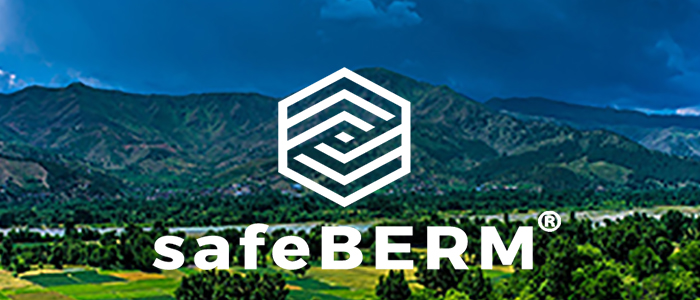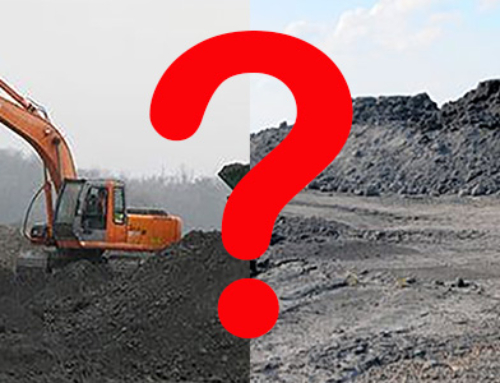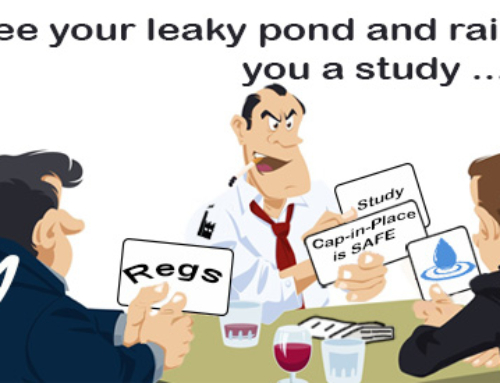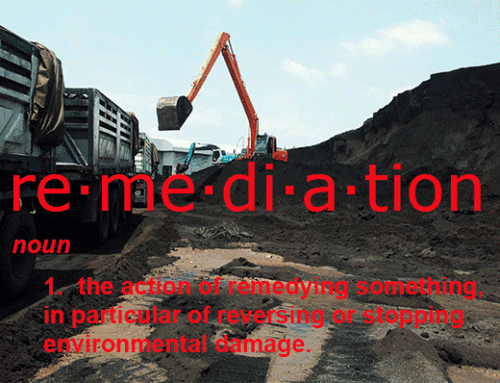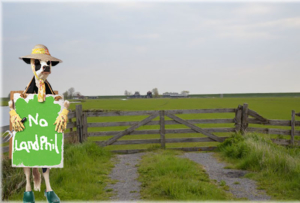
“Airspace” is generally defined as the number of cubic yards a landfill has available for waste. The amount of remaining airspace can be used to estimate a landfill’s remaining lifespan in years.
Since the United States covers vast, largely unpopulated areas, particularly in the Midwest, it would seem we have limitless capacity for landfill disposal. And it explains why, in a recent report published from research firm Waste Business Journal Midwestern states have the most airspace (capacity) of any other US region.
These wide-open states are still generations away from facing the capacity issues that dumping poses in more densely populated areas, such as the Great Lakes Region, East and West Coasts.
The simplest solution would be to “spread the wealth” and transport waste from strapped facilities to those with plenty of airspace. However, since the available landfills are either in the far reaches of the state, or otherwise nowhere near the areas that need relief, to transport the waste would add significant cost, which in most cases is prohibitively expensive and makes the idea a non-starter.
Why We Must Maximize What We’ve Got
Thanks to materials recycling and organic waste diversion (composting), landfills are on a gentle downward slide, but as long as mankind generates solid waste, we’ll still need landfills in some form. The question all stakeholders should ask themselves is not, How soon can we close the landfill?” but, “How can we extend our landfill’s life without giving up any more land?”
Strangely enough, it’s the first question that often dominates current thinking about landfills. In the 1980s, the U.S. had approximately 7,600 landfills, but that number shrank to 1,300 by 2019.
The good news is that this reduction didn’t cause a crisis in most regions, but only because waste management gained sophistication and figured out how to make landfills more high-capacity and efficient than your grandfather’s local “dump.”
But until we perfect perpetual recycling for everything or develop the technology to launch waste into space — out of sight, out of mind — landfills will continue to be a necessity.
Landfill operators/owners should make sure they have leveraged their existing waste footprint before venturing off to adjacent land or closing. Maximize.
The Answer: Incremental Innovation
Innovation doesn’t have to be earth-shattering. In fact, incremental innovation is most common; it builds on something that already exists.
At EnCAP-IT, our safeBERM®, safeSTORAGE® and safeREUSE™ patented, green solutions are examples of incremental innovation. The methodology is leading-edge, but based on a solid foundation of simple, tried-and-true engineering principles.
Innovation is not an abstract concept, but a desirable mindset.
